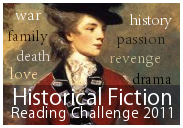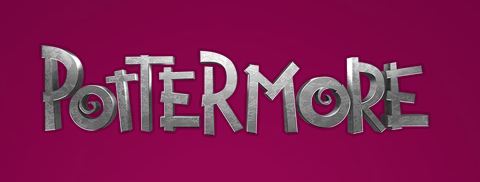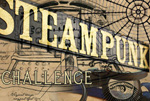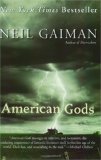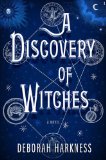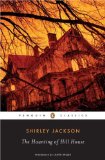[amazon_image id=”1594744769″ link=”true” target=”_blank” size=”medium” class=”alignleft”]Miss Peregrine’s Home for Peculiar Children[/amazon_image]Ransom Riggs’s novel [amazon_link id=”1594744769″ target=”_blank” ]Miss Peregrine’s Home for Peculiar Children[/amazon_link] is part bildungsroman, part gothic fairy tale. Its hero, Jacob Portman, is a teenager living in Florida. He is close to his grandfather, Abe Portman, the only member of his family to survive the Holocaust. Abe tells crazy stories about an orphanage in Wales where he grew up, and he shows Jacob the most fantastic photos of the children who lived there—a girl who could fly, a boy who had bees living inside him, and an invisible boy. As Jacob grows up, he stops believing his grandfather’s fantastic stories until he witnesses a terrible attack on his grandfather that makes him question everything. Jacob’s family believes he is unable to cope with the stress of losing his grandfather, and Jacob begins therapy with Dr. Golan. Finally, Jacob decides he must travel to Wales and see the orphanage where his grandfather grew up in order to come to terms with his grandfather’s death. When he arrives, he discovers his grandfather’s wild stories just might be true.
This book was a delight from start to finish. It has moments of laugh-out-loud humor and hair-raising terror. I really liked the way Riggs managed to describe the reason for everything from sideshow “freaks” to cannibalistic serial killers to the Tunguska Event. After reading this book, you’ll look at mysteries in a new way. Most reviewers who read this book remark on the way Riggs manages to seamlessly weave bizarre photographs into his narrative, but it’s true. I would not read this one the Kindle. You will not enjoy the full effect of the photographs in that way. Jacob is a likeable hero; in fact, I liked all of the characters in this book. I also enjoyed the time-travel aspect. A word of warning: the book is ripe for a sequel, and if you pick it up, who knows how long you’ll have to wait until the next installment (and I hope there will be one!). This novel is one of the most unusual, fun, and absorbing novels I read this year. Perfect for the R.I.P. Challenge!
Rating:





